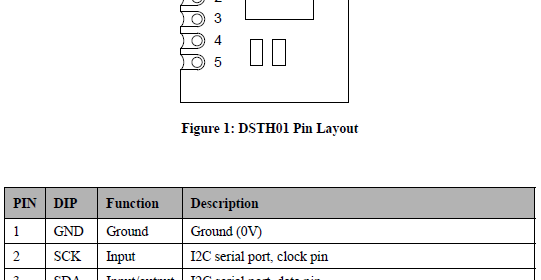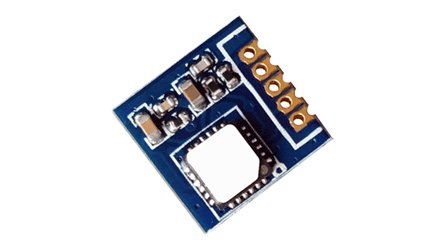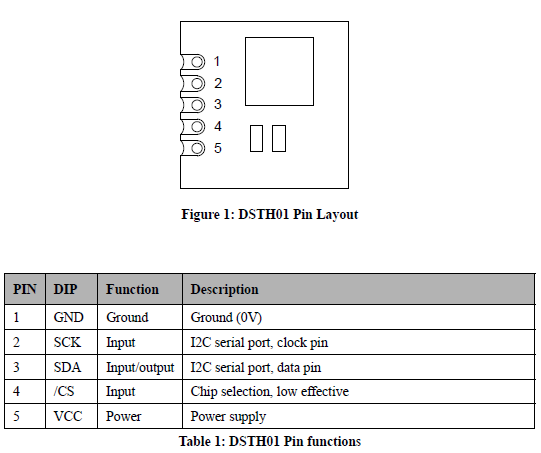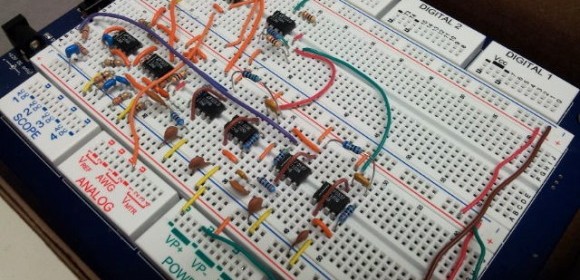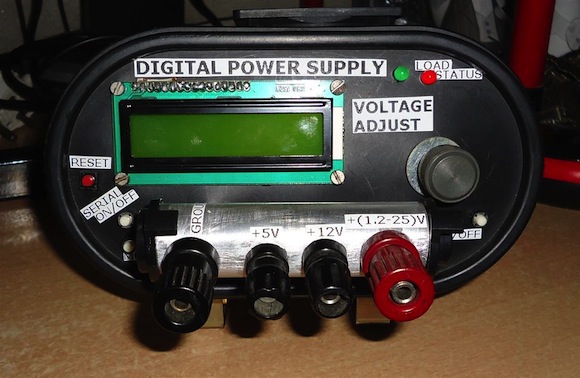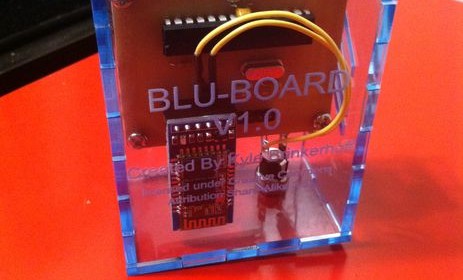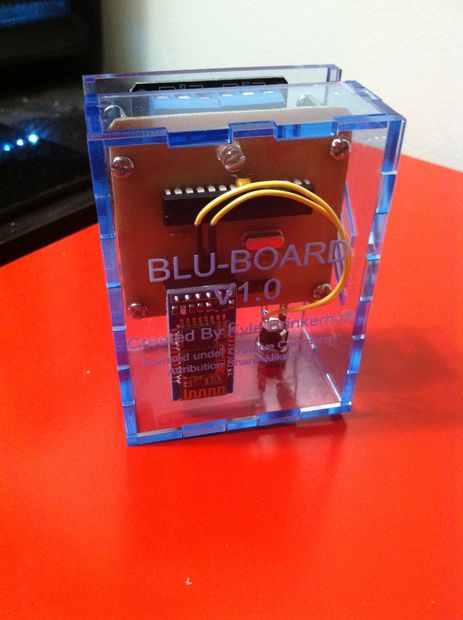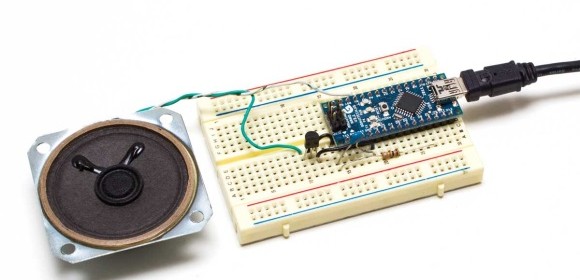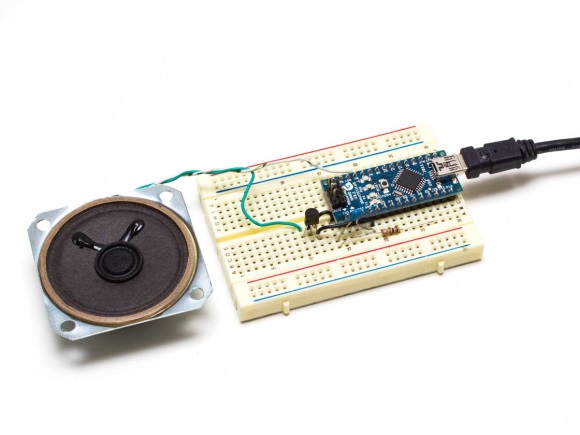A person suffered from high-frequency hearing loss has reduced ability to hear high frequency sounds. This has direct impact on his/her ability to understand speech because most of the commonly used consonants like s, h, and f, are spoken with high pitches. Other examples of high frequency sound are a woman’s or a child’s voice. Studies have shown that by simply amplifying the high frequency notes through a hearing aid does not help too much. Latest hearing aid technologies use a technique called frequency lowering where the high frequency notes are captured, processed, and delivered to the person in lower note frequencies, which are much easier to hear. I found this nice instructable that describes a DIY frequency shifting hearing aid project as a simple solution to the above problem. The project uses low pass and band-pass filters to isolate low and high frequencies in the original audio signal. The so-isolated high frequencies are shifted down by passing through a modulator with a 2KHz carrier signal. The down-converted frequencies are then summed up with the isolated low frequencies to regenerate the original sound.
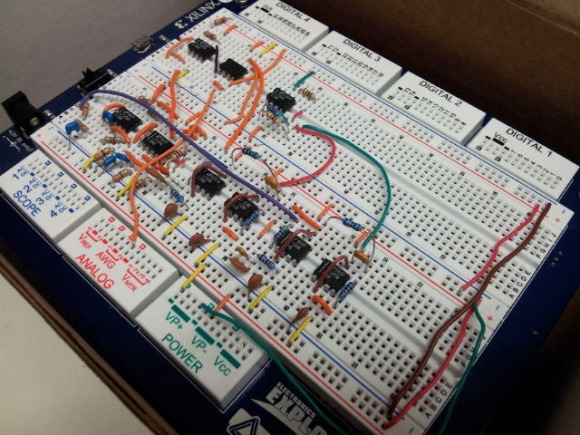
Hearing aid for high-frequency hearing loss
